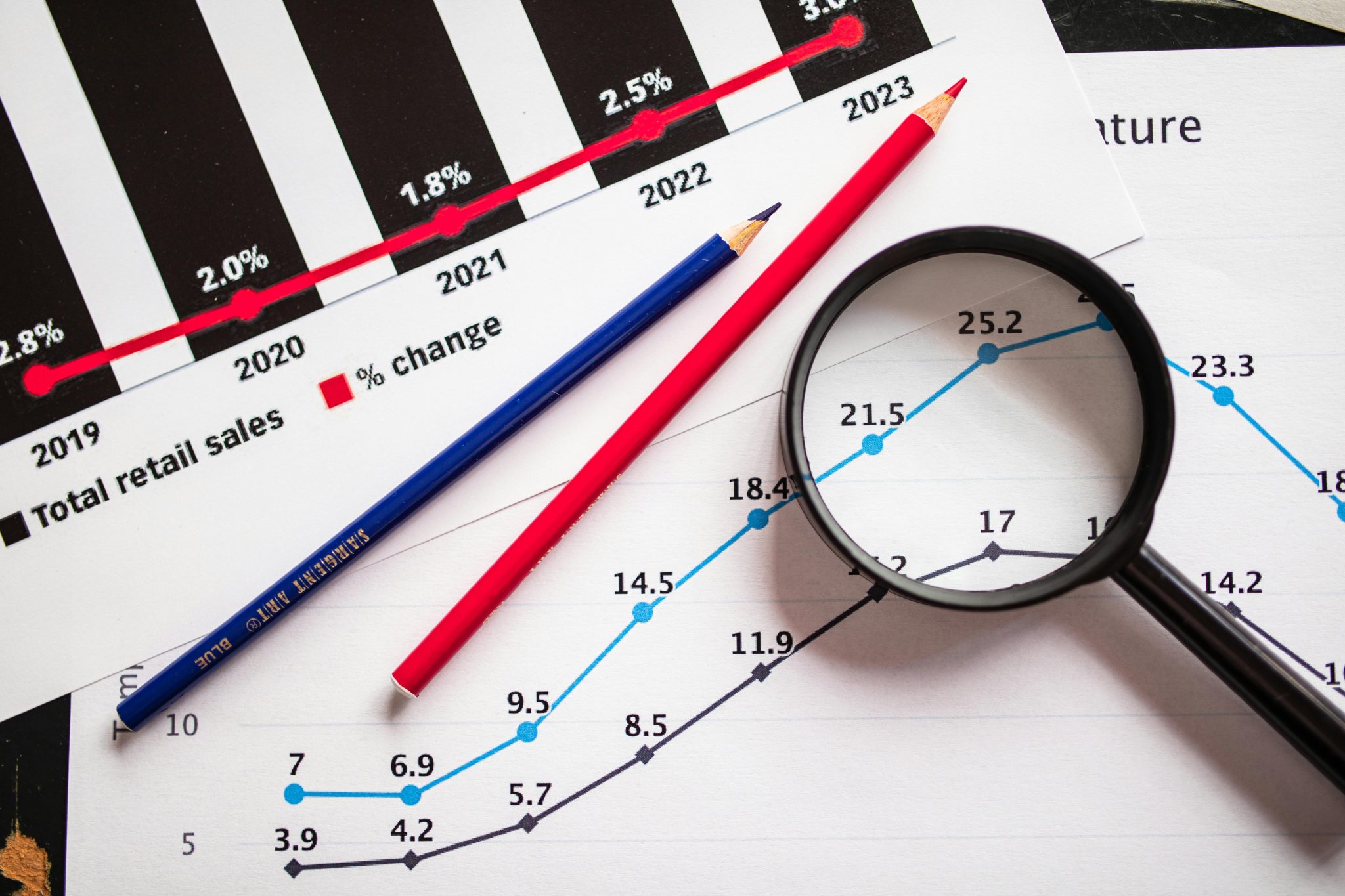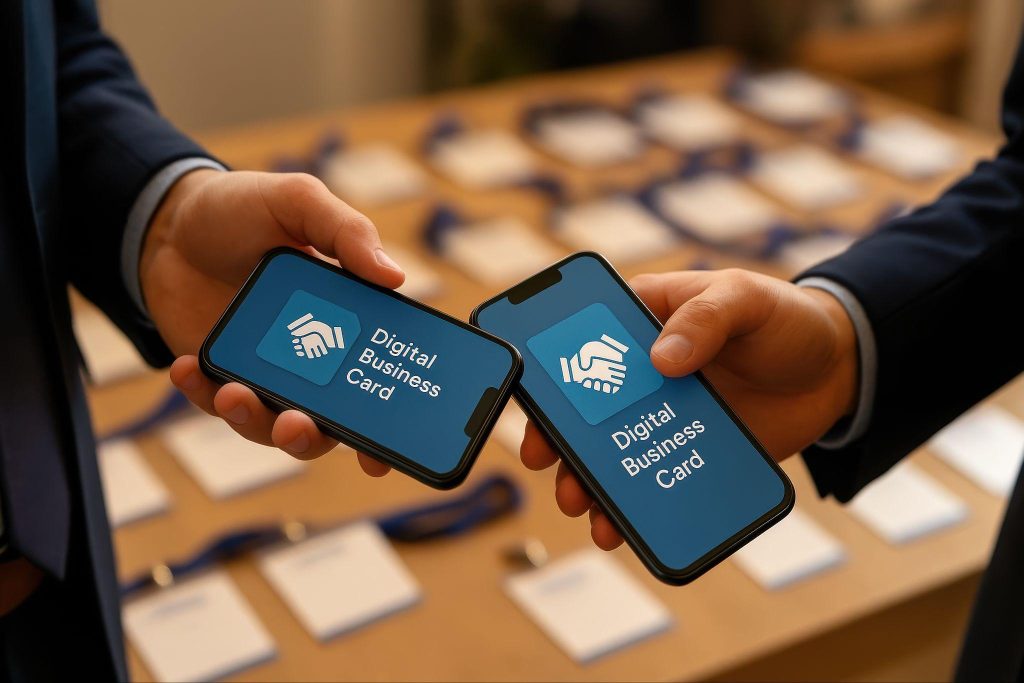The international market research industry is worth approximately $150 billion in 2025, and it’s become essential for companies expanding across diverse markets. Businesses that use advanced research techniques are better positioned to understand consumer behaviour, identify opportunities, and mitigate risks in foreign markets.
Leading international market research agencies like Kadence International help businesses decode global consumer preferences through innovative methodologies and cultural expertise. The evolution of AI, real-time analytics, and synthetic data is transforming how organisations approach international research while maintaining ethical data practices across different regulatory environments.
Key Trends in International Market Research

Digital Transformation in Market Research
Mobile-first methodologies now dominate survey approaches, with researchers targeting smartphone users in emerging markets where mobile penetration exceeds desktop usage. Real-time data collection tools enable companies to gather insights from multiple countries simultaneously through cloud-based platforms.
Agile research methodologies have replaced traditional lengthy studies. Companies can now deploy rapid pulse surveys and receive actionable insights within 24-48 hours rather than waiting weeks for results.
Digital qualitative research tools facilitate focus groups with participants from different continents. Video conferencing platforms equipped with translation capabilities break down language barriers that previously limited international research scope.
Data Privacy and International Compliance
GDPR compliance remains the gold standard for international data collection, influencing research practices beyond European borders. Companies must implement explicit consent mechanisms and provide clear data usage explanations in local languages.
Different regions maintain varying privacy requirements:
- Asia-Pacific: Singapore’s PDPA and Australia’s Privacy Act require specific consent protocols
- Americas: California’s CCPA and Brazil’s LGPD impose strict data handling rules
- Europe: GDPR mandates right-to-deletion and data portability
Data localization requirements in countries like Russia and China force companies to store information within national borders.
AI and Machine Learning in Global Analysis
Predictive analytics powered by machine learning identify consumer patterns across diverse cultural contexts, processing vast datasets from multiple countries to forecast market trends and preferences.
Natural language processing tools analyze social media sentiment in dozens of languages simultaneously, capturing nuanced cultural expressions that traditional translation methods might miss. Machine learning models detect regional variations in consumer behaviour that human analysts might overlook.
Real-time data processing allows companies to identify emerging trends as they develop across different markets, while AI-driven recruitment systems match demographic requirements with available respondents from global panels.
Consumer Behaviour Changes Across Borders
Sustainability consciousness has emerged as a universal concern, though expression varies by region. European consumers prioritize environmental certifications while Asian markets focus more on corporate social responsibility initiatives.
Cross-cultural shopping patterns now blend online and offline experiences uniquely in each market. Chinese consumers expect integrated social commerce features while American shoppers prioritize fast delivery options.
Generational differences manifest distinctly across countries. Younger consumers in developing markets show greater brand loyalty compared to their counterparts in mature economies who prioritize value and convenience.
Emerging Technologies and Future Outlook

Growth of Mobile-First Research Methods
Mobile devices now account for over 60% of survey responses in emerging markets. Researchers prioritize smartphone-optimized surveys with simplified interfaces and reduced completion times.
Location-based services enable researchers to gather contextual data about consumer behaviour patterns through GPS tracking and geofencing technologies.
Mobile payment integration facilitates instant incentive distribution to participants worldwide, improving response rates by 25-40% in developing markets. Voice-to-text functionality breaks down literacy barriers, allowing participants to provide responses through speech recognition technology.
Use of Big Data and Predictive Analytics
Machine learning algorithms process millions of consumer touchpoints to identify market trends before they become apparent through traditional research. Predictive models analyze purchasing patterns, social interactions, and demographic shifts simultaneously.
Real-time data processing enables researchers to adjust survey methodologies during fieldwork. Algorithms detect response bias or sampling issues immediately, allowing for corrections that improve data quality.
Natural language processing analyzes customer feedback in multiple languages without human translation, identifying sentiment patterns and emerging themes across global markets with 85% accuracy rates.
Expanding Role of Social Media Insights
Social listening tools monitor brand mentions and consumer sentiment across platforms in 40+ languages, tracking conversation volume, engagement rates, and influencer impact to measure brand perception internationally.
Automated content analysis identifies cultural preferences and regional trends through user-generated content. Cross-platform data integration combines insights from Facebook, Instagram, TikTok, WeChat, and regional platforms to capture consumer behaviour across diverse social media ecosystems.
Privacy-compliant data collection methods ensure compliance with GDPR, CCPA, and local regulations while maintaining research effectiveness.




















